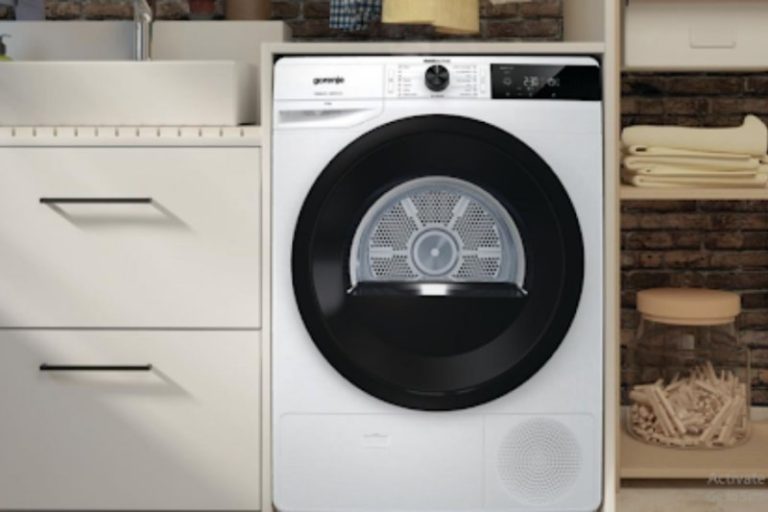Sustainability in Laptop LCD Manufacturing: Materials and Recycling Initiatives
In an era defined by technological innovation, laptops have become an indispensable tool in our daily lives. The sleek screens that grace these devices, known as Liquid Crystal Displays (LCDs), are central to their functionality. However, the manufacturing of LCDs has not always been environmentally friendly. As concerns about climate change and resource depletion mount, the laptop industry has begun to take significant strides towards sustainability in laptop LCD production through the careful selection of materials and the implementation of recycling initiatives.
Materials Selection for Eco-Friendly LCDs
The production of LCDs involves a complex combination of materials, including glass substrates, liquid crystals, backlight units, and polarizers. Each of these components has an impact on the environment, both in terms of raw material extraction and end-of-life disposal. As the call for sustainability grows louder, manufacturers are making efforts to choose more eco-friendly materials.
Recycled Glass: Glass substrates are a crucial component of LCDs. Manufacturers are increasingly turning to recycled glass to reduce the demand for new raw materials and minimize energy consumption during the manufacturing process.
Reduced Toxic Chemicals: The elimination of toxic chemicals like mercury and lead in the manufacturing process has been a significant step towards sustainability. Mercury, which was once used in fluorescent backlight units, has been replaced by more environmentally friendly alternatives like light-emitting diodes (LEDs).
Efficient Backlighting: The backlight units in LCDs are responsible for a significant portion of their energy consumption. Manufacturers are now focusing on improving backlight efficiency through the use of better light diffusion materials, which in turn reduces the power requirements of laptops.
Polarizers and Films: The polarizing films used in LCDs have traditionally contained hazardous materials. However, innovations in materials science have led to the development of eco-friendly polarizers that are free from harmful substances.
Recycling Initiatives: Closing the Loop
The push for sustainability doesn’t end with responsible materials selection. An equally important aspect is the end-of-life management of laptops and their components. Recycling initiatives are playing a vital role in ensuring that discarded LCDs don’t become environmental hazards.
Collection Programs: Many laptop manufacturers have established take-back programs that encourage consumers to return their old devices for proper recycling. These programs ensure that valuable materials are reclaimed and reused, reducing the need for new raw materials.
Material Recovery: The recycling process for LCDs involves the recovery of valuable materials like glass, metals, and plastics. These materials can be used in the production of new devices, reducing the strain on natural resources.
Advanced Recycling Technologies: Researchers are exploring innovative techniques, such as chemical processes and hydrometallurgy, to efficiently recover materials from LCDs. These technologies help recover a higher percentage of materials and reduce the environmental impact of recycling.
Circular Economy Approach: Manufacturers are adopting a circular economy approach, where products are designed with end-of-life considerations in mind. This involves designing products that are easier to disassemble, repair, and recycle, thus extending their lifespan and reducing waste.
Challenges and Future Outlook
While substantial progress has been made, challenges still exist on the path to achieving complete sustainability in laptop LCD manufacturing. One major obstacle is the complexity of LCD designs, which can make disassembly and recycling difficult. Additionally, the lack of standardized recycling processes can hinder the efficient recovery of valuable materials.
Looking ahead, the industry must continue to invest in research and development to find solutions to these challenges. Collaboration between manufacturers, recyclers, and regulatory bodies is essential to create a holistic approach to sustainable LCD manufacturing.
Sustainability in laptop LCD manufacturing is a critical endeavor that requires a comprehensive approach. Through careful materials selection, reduced reliance on toxic substances, and innovative recycling initiatives, the laptop industry is taking significant steps towards producing eco-friendly LCDs. By embracing sustainable practices and continuously improving recycling technologies, manufacturers can contribute to a more environmentally responsible future while still delivering the technological advancements that drive our modern world.







